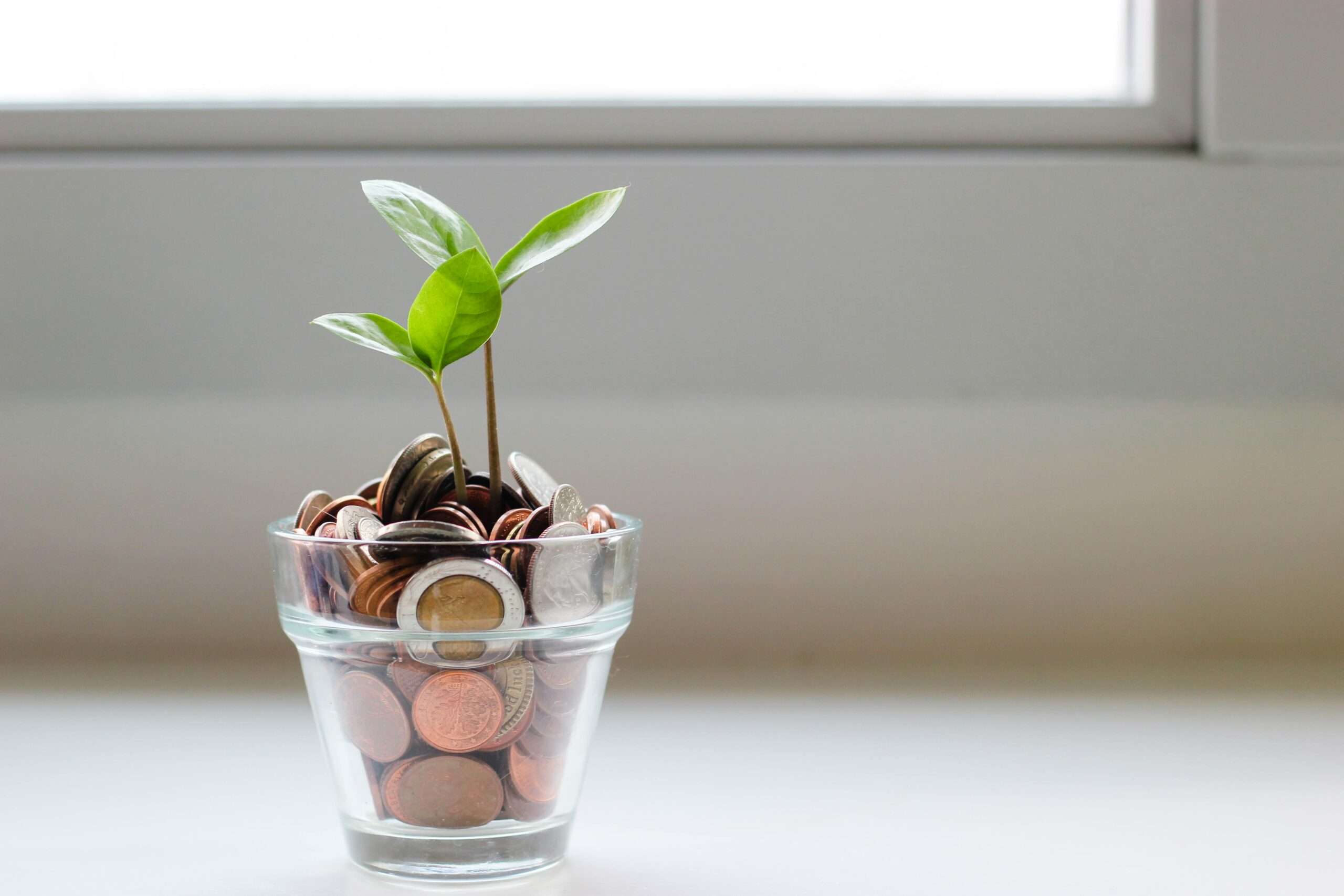
MUCH has been said about the environment, social and governance (ESG) theme in many write-ups and conferences, and discussions at the board levels too have been intense, as listed companies are now under added pressure to meet the amended listing requirements in relation to the enhanced sustainability reporting framework.
These amendments to sustainability statements in annual reports will be implemented on a staggered basis, starting with companies with the financial year ending on or after Dec 31, 2023.
They will come with disclosure on common sustainability matters and management of matters in relation to anti-corruption, community/society, diversity, energy management, health and safety, labour practices and standards, supply change management, data privacy and security and water.
The remaining sustainability matters, which are waste management and emissions, will be effective the following year, while the task force on climate-related financial disclosures (TFCD) will be applicable for sustainability statements in annual reports issued for the financial year ended on or after Dec 31, 2025.
Net-Zero in 2050
One of the drivers of ESG is climate change and its impact on the environment in relation to emissions. It is widely believed that electricity and heat production and the transportation sector are the two largest contributors to CO2 emission, accounting for 42% and 22%, respectively.
Within the transportation sector itself, 40% of emission is from automobiles and 34% from trucks, while aviation and marine are at 11% each.
Hence, in essence, one can conclude that 31% of global emissions are related to automobiles and trucks plying the roads and highways.
No wonder with the end in mind, that is to achieve net-zero emissions, countries around the world are committed to reducing their carbon footprint via both innovative and conservation efforts.
According to the International Union for Conservation of Nature, the forest also plays a key role in climate change, as it is both a cause and a solution for greenhouse gas emissions.
Some 25% of global emissions come from the land sector, the second-largest source of greenhouse gas emissions after the energy sector, of which half of these comes from deforestation and forest degradation.
As can be seen from the above, with the transportation sector and forestry contributing much to climate change, the government’s intervention in ensuring Malaysia takes and makes serious efforts in protecting the environment is necessary.
End-of-Life Vehicle Policy Crucial
With electric vehicles (EVs) taking the world by storm in terms of the number of car sales, and as consumers adopt behavioural changes in using environmentally friendly vehicles, the government’s intervention to make it work is also crucial.
With pure EV sales now accounting for just under 1% of total industry volume (TIV), it is envisaged that demand will rise rapidly this year, thanks to a combination of factors.
Among others, these include the greater rollout of charging stations and more choices of models that are brought in by distributors, as well as the government’s tax break in promoting EV ownership.
Malaysia is expected to see EV sales accounting for some 15% of TIV by 2030 and 38% by 2040.
In developed countries like Norway, EV sales are now dominant, hitting 79.3% of the total new car sales in 2022.
However, the real kicker for the automotive industry is not just these incentives but a policy to introduce the end-of-live (ELV) for vehicle ownership, which will likely force many internal combustion engine or ICE vehicles off the road in time to come.
Before the 15th General Election, the government had suggested that Malaysia was looking at a suitable approach to implement the ELV management policy by 2025, with the Singapore or Japan model being considered.
An ELV policy will greatly benefit Malaysia’s effort in adopting energy-efficient vehicles, as some 19 million vehicles on the road are more than 10 years old.
Education is Key
The government also needs to step up educating the public on what a true EV is.
While EVs are great on paper, the public must also know that EVs are manufactured using many environmentally damaging metals (copper, nickel and lithium), while the heavier load on the car itself degrades the tyres much faster.
At the same time, EV users ought to also realise that a true reduction in carbon emissions can only be achieved if the EV itself is charged using non-fossil fuel energy, meaning energy that is produced via renewable sources and not fossil fuels.
For example, a charging station that derives its electricity sourced from Tenaga Nasional Bhd  is typically comprised of a variety of generation mix.
is typically comprised of a variety of generation mix.
For Malaysia, the current generation mix is approximately less than 8% derived from a non-fossil fuel source, mainly hydro and increasingly from large-scale solar power plants.
While the government has rolled out the National Energy Policy 2022-2040, which will chart Malaysia’s journey towards embracing cleaner energy and dependence on coal and gas-powered power plants are reduced, the current energy source used to charge EVs remain “dirty power”.
More Forest Protection Needed
In recent months, Malaysia again experienced the wrath of nature, as landslides and heavy monsoon rain swept across the nation and in particular hilly areas as well as the east coast respectively.
Much has been talked about globally about climate change and Malaysia is not immune to what is happening around the world, but there are indeed measures that a state or federal government can take when it comes to development and logging activities.
While these are state matters and typically the federal government does not get involved, it has reached a stage where an intervention policy is needed, failing which we will be up against larger calamities in the future.
The case in point is the devastating Batang Kali landslide where 31 lives were lost. While a lot of criticism was made towards the facility owner, the real culprit, in this case, is the development that is ongoing at the mid-hills level.
According to the Rimba Disclosure Project (RDP), an independent, non-political forest monitoring initiative, some 5,700 ha of Genting Highlands and surrounding mountain areas have been earmarked for development.
Of the proposed development, some 5,000 ha are located in Pahang, while another 316 ha are in Selangor.
Presently, some 388 ha are in various development stages by three main property development companies.
RDP has also unearthed another listing of some 4,085 ha of forested land being sold and this is located in Jeli, Kelantan.
In its November 2022 monthly report, RDP reported that some 5,416 ha of new forest are now under threat and this has some 36,810 tonnes of annual CO2 equivalent per year.
Even Cameron Highlands has not been spared. Not only property development has taken up large tracts of land in the hill resort, but also land clearing for vegetation too can have a devastating impact on the residents as seen in the recent flooding and mudslide at Kampong Raja, a town where plastic sheets covering farming activities have taken over the vast green lung.
With so much development that is ongoing, it would not be long before Malaysia suffers from the severe impact of logging and development, as the state government uses land mass as a currency to generate revenue and income via leases and royalty payments.
However, these are in general short-term gratification and have long-term implications for society at large in time to come.
The federal government needs to have oversight on development projects and logging activities to ensure that our forests and hill resorts remain protected, while any development or land clearing is only done out of necessity and in a sustainable manner.
For the timber industry, in particular, as Malaysia is also an exporter of timber and its products, both the government and civil society should and must support legitimate timber players who are adhering to best practices and in compliance with good ESG practices.
For listed companies, the enhanced sustainability reporting framework will keep them accountable to stakeholders, as damage to the environment due to development activities will see investors shying away.
Pankaj C Kumar is a long-time investment analyst. The views expressed here are the writer’s own.

 1.0
1.0 





















